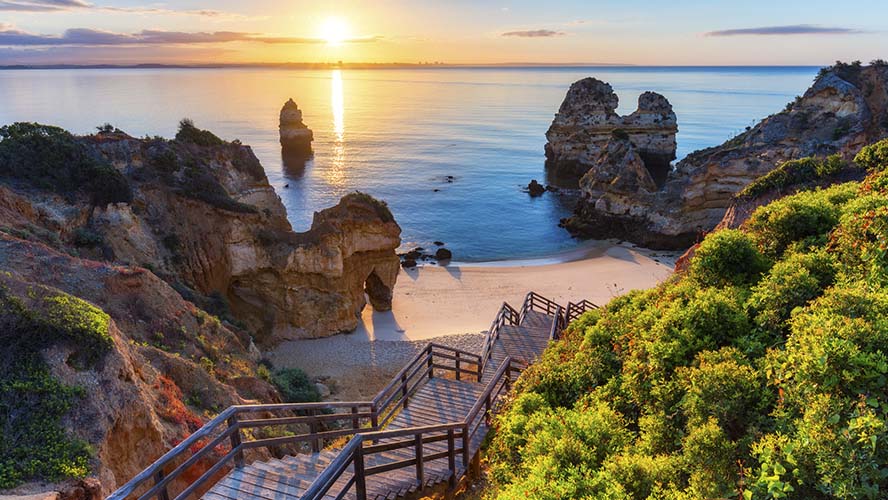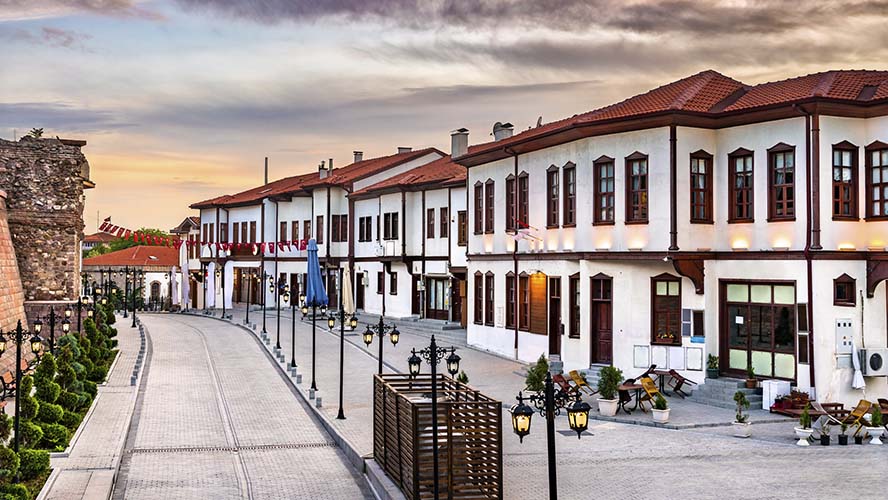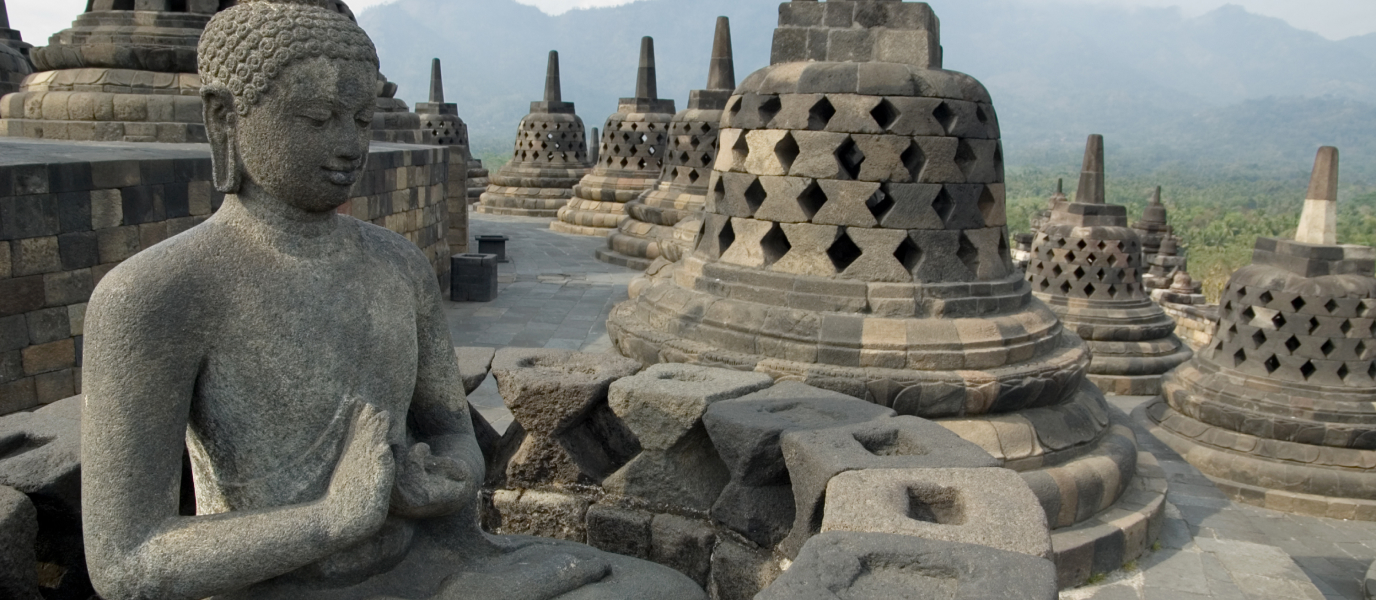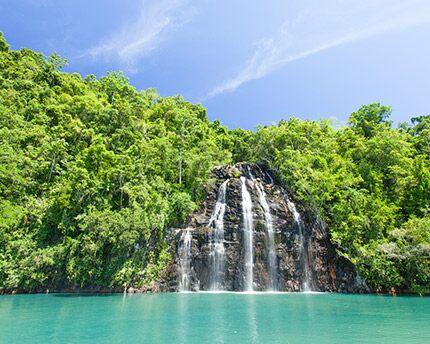Borobudur is the largest Buddhist temple in the world, making it a must-see on your next trip to Indonesia. It is located in the centre of the island of Java, very close to the city of Yogyakarta, the country’s cultural capital. The sheer beauty of the building means that any trip to Indonesia would be incomplete without paying it a visit.
This article will tell you about the history of this important pilgrimage site and provide a run-down of what you can expect to see there, ranging from the impressive main temple to the smaller surrounding temples. Get your pen and paper ready!
The world’s largest Buddhist temple
The Borobudur temple has been a World Heritage Site since 1991. It was constructed between the 8th and 9th centuries, re-discovered in the 19th century and restored to its former glory in the 1970s. Its majesty can be appreciated throughout the 2,500 square metre site that it occupies and the 504 statues of Buddha that it holds. It is a true jewel of religious art and architecture.
Visit Borobudur, the largest Buddhist temple on the planet. Buried for centuries, mystery has shrouded this monument ever since its rediscovery in the 19th century. Aside from the questions and hypotheses surrounding its lengthy abandonment, there are also theories that it may have once housed the remains of Buddha.
When it was rediscovered, a closed metal urn was found under the summit stupa. Some people consider this to be an indication that Borobudur was a large reliquary. One hypothesis was that this metal urn contained the ashes of Buddha, who was exhumed in India in the 3rd century B.C. What other reason could there be for this enormous temple in honour of the founder of Buddhism? Unfortunately, the urn was lost and has never been found.
History and interesting facts
While it is not clear who built Borobudur, we know that it was built between 760 and 830 AD during the Shailendra dynasty, who were followers of Buddha, in a territory where temples of this religion are mixed with those of Hinduism, now a minority religion in Indonesia.
We highly recommend learning a bit about the temple’s architecture. Borobudur is a large three-tiered stupa comprising a pyramidal base with five terraces; a central trunk with three circular platforms; and a large stupa on the upper level.
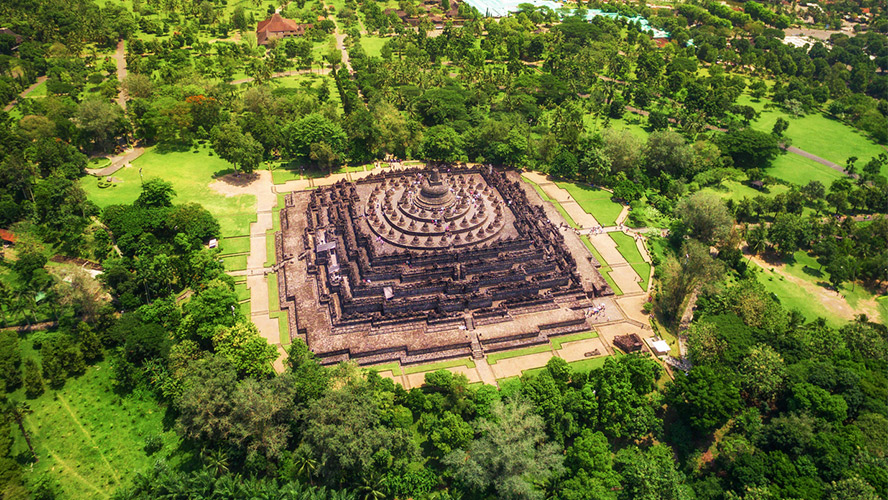
The temple is arranged in such a way so as to represent the conception of the universe in Buddhist cosmology. The base depicts the desire realm (kamadhatu); the five terraces depict the form realm (rupadhatu); and the superstructure of three circular platforms and the stupa depicts the formless world (arupadhatu).
For no known reason, Borobudur was left abandoned for centuries and covered by volcanic ash and vegetation. In 1814, during the British administration of Java, an expedition was sent to investigate the site where a large monument was believed to exist. Finally, in 1835, the monument was totally unearthed.
Things to see at Borobudur
The visit to Borobudur includes a tour of the different levels of the temple, from the base to the upper stupa. We recommend visiting the temple early in the morning to avoid large crowds. Before starting the tour, you could watch the sun slowly rise from a nearby hill —such as Punthuk Setumbu— at around 5 a.m. Many people also choose to climb these hills in the evening, as the views at sunset lend to fantastic photographs.
In addition to the visit to the temple, the archaeological complex is also home to two museums which are included in the entrance fee. The Karmawibhangga Museum showcases the main artefacts found in the temple and shines a light on the restoration process. The Samudra Raksa Museum, meanwhile, is a maritime-themed museum which focuses on maritime trade in the Indian Ocean and houses a replica of the 8th-century Borobudur ship.
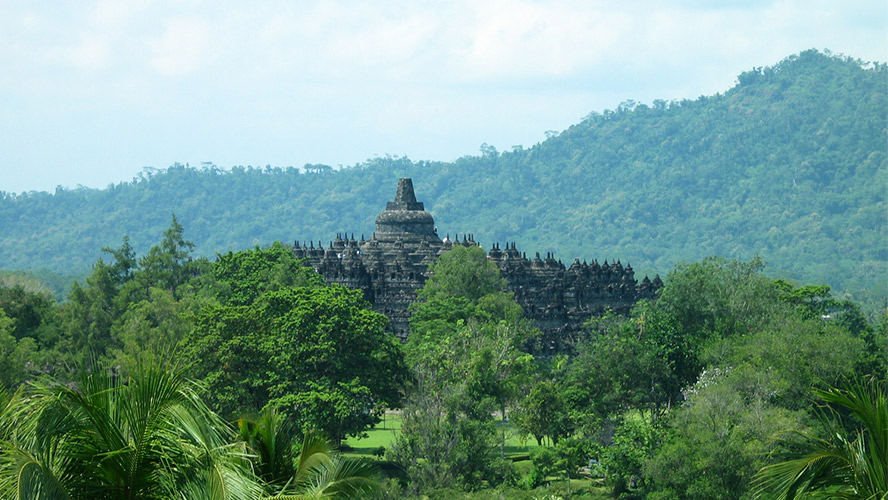
Main temple
As mentioned above, the temple is divided into three parts. From the base to the upper part, these are: kamadhatu, rupadhatu and arupadhatu. The tour will take you through each of the different levels until you reach the stupa at the top, located 35 metres above the ground. The visit therefore entails a fair amount of walking and climbing, so please take this into account during hot weather. The monument is built out of grey andesite stone.
The kamadhatu level showcases 160 reliefs on the subject of desire, with depictions of murder, robbery, rape and torture. The rapadhatu level, or form realm, consists of five square terraces which display more than 400 statues of Buddha, depicting the past lives of the founder of Buddhism. The top level, the arupadhatu —the formless world— has three circular terraces with additional Buddha statues topped by the central stupa.
In total, there are 504 statues of Buddha and 2,760 reliefs depicting his life and teachings up to Nirvana.
Smaller temples
After visiting Borobudur, you can round off the day at one of the nearby Buddhist and Hindu temples. These are the temples of Candi Mendut, Candi Pawon, Candi Ngawen and Candi Gunung Wukir. The first two, which form part of the same World Heritage Site, are fairly close to Borobudur. As such, you can easily visit them on the same day.
The Candi Mendut temple, meanwhile, which was discovered in 1834, is known to house the largest figure of Buddha on the island of Java, which measures about three metres from top-to-bottom. It is very common to visit all three temples in the same day.
Information for your visit
Borobudur Temple is located about 40 kilometres north-west of the city of Yogyakarta. Many public buses and guided tours depart from this city every day.
The Borobudur Temple is open from 6 a.m. until 5 p.m. Individual tickets are available if you only want to visit this temple. Alternatively, you could buy a combined ticket which also grants access to the Prambanan Temple.
What to see in the surrounding areas
Besides the other temples close to Borobudur, there are various other places of interest close to the archaeological site. These include charming local villages which can be reached by 4×4, motorbike, bicycle or on horseback. Klipoh, for example, is renowned for its distinctive pottery, that visitors can attempt to recreate in various workshops.
You could also try your hand at rafting on the Elo and Progo rivers. The smooth descent of the Elo River makes it the perfect option for novices.
Most tourists tend to visit the other large temple on the island of Java, the Prambanan Temple, which is very close to the city of Yogyakarta. This is a Hindu complex with more than 1000 years of history and 200 separate buildings, which is most commonly visited at sunset.
You can round off your visit to this area by visiting Yogyakarta, one of Java’s most intriguing cities.
Where to stay during your visit to the island
The island of Java spans around 132,000 square kilometres and measures 1,062 kilometres from top-to-bottom. You must, therefore, plan your stay on this large island well in advance. Indonesia’s capital, Jakarta, is the island’s largest city and a good place to stay during your trip.
It is home to the modern The Orient Jakarta, a magnificent five-star hotel from the Barceló Hotels group which is on the list of The Leading Hotels of the World. Located on Sudirman Street in the heart of Jakarta, this luxury hotel features bars, restaurants, a spa and several swimming pools — some of which are located on the rooftop of the building!





























